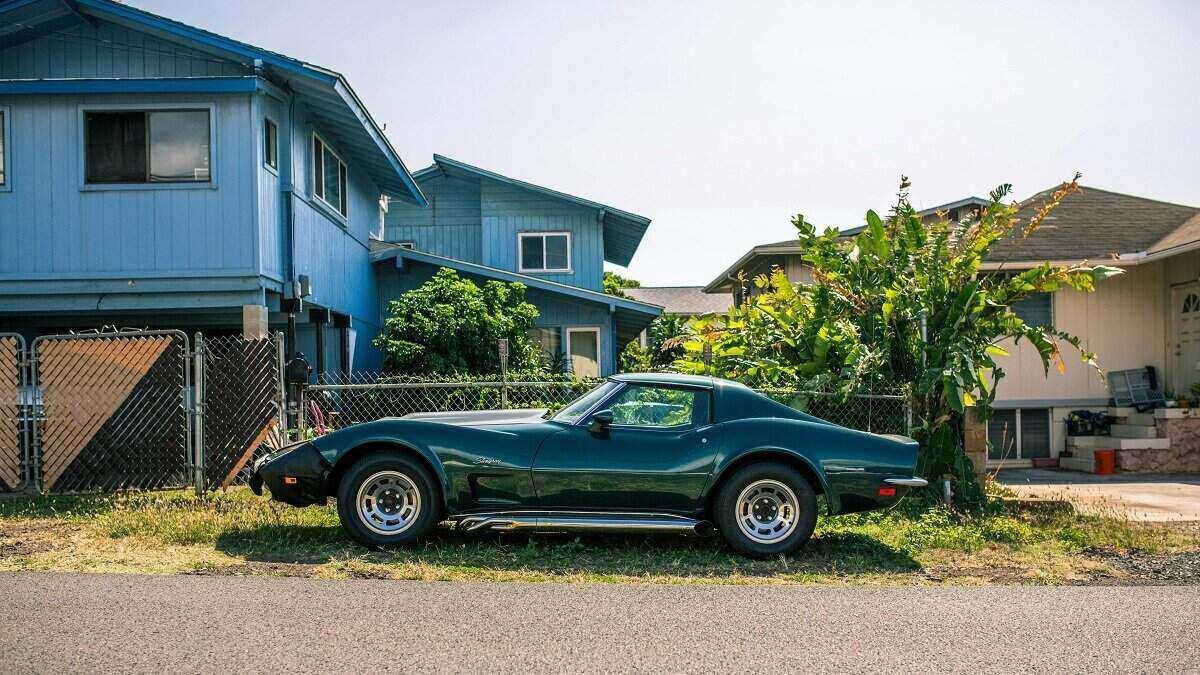Whether it’s a printer or a truck, some assets are crucial for operations. As a business owner you might not be in a position to just go out and buy these things outright, which is why many opt for operating leases instead.
What is an operating lease?
An operating lease is a contract between the lessor, who owns the asset, and the lessee, who borrows it under a lease agreement. The operating lease means the lessee has full use of the asset for the duration of the agreement, but the lessor retains ownership.
Operating leases allow businesses to use key resources (e.g. vehicles) without the additional expenses or responsibilities that come with ownership. For example, if your business is looking for a van to make deliveries, but anticipate using different dispatch services in the future, you could use an operating lease to get a van for as long as it's needed, without ending up stuck with a depreciating asset no longer useful to the firm.
How does an operating lease work?
Once the operating lease arrangement is agreed, the lessee takes possession of the asset and makes regular payments to the lessor throughout the term. These payments will include the upkeep costs of the asset. For example, if the operating lease is for a vehicle, the lease payments will likely also cover registration, servicing and other upkeep costs. It is the lessee’s responsibility to ensure the asset is not functionally damaged, except for normal wear and tear.
Accounting wise, if the lease term is less than 12 months, the payments are simply recorded as expenses. For longer terms, the lease needs to be recorded both as an asset right of use, and a lease liability.
Benefits of an operating lease
There are a few reasons operating leases are a popular choice among business owners.
Cost efficiency
Operating leases typically require lower upfront costs and monthly payments compared to financing a purchase. By leasing the equipment your firm needs, you might have more to invest in other areas of the business.
Flexibility
Operating leases give you the option to keep upgrading once the lease term expires, ensuring your businesses can keep using the most up to date equipment. For example, many offices lease the printer/photocopier so it's simple to switch to updated models, rather than spending several thousand dollars buying one outright that becomes archaic a couple of years down the track.
Off balance sheet financing
If the operating lease term is less than 12 months, it does not need to be recorded on the company’s balance sheet. The payments can just be logged as expenses. This might improve the company's financial ratios and creditworthiness.
Drawbacks of an operating lease
Long term cost
Over the duration of the lease term, the cumulative rental payments for an operating lease might surpass the cost of just biting the bullet and purchasing right away.
No ownership rights
Since the lessor retains ownership, the lessee is restricted in what it can do with the asset under lease. You can’t normally sell or modify the asset without the lessor's permission under an operating lease. For example, if your business was leasing a van, you wouldn’t be able to add permanent fixtures like shelving, racks or compartments.
Finance lease vs. operating lease
Under a finance lease, the financier purchases the asset then lends it to the business for the lease term. Like a commercial hire purchase, the lender or finance company is the legal owner of the asset for the duration of the term. At the end of the term, the lessee can pay a residual amount (sometimes known as a balloon payment) to take full ownership. Finance leases are always recorded on the balance sheet as both an asset and a liability.
Finance leases are similar to operating leases in that both are a means for a business to use an asset without owning it, but there are several differences that distinguish the two.
|
Operating lease |
Finance Lease |
|
|---|---|---|
|
Ownership always stays with the financier or lessor |
Ownership |
Ownership usually passes to the lessee upon the term's conclusion if all of the contract obligations are met. |
|
Less than 75% of the expected useful life of the asset |
Term length |
More than 75% of the expected useful life of the asset |
|
Insurance, registration and other running expenses are included in the lease payments. |
Maintenance and running costs |
The business needs to pay for these expenses itself |
|
If the lease term is less than 12 months, the payments can be recorded as an expense. |
Balance sheet |
A finance lease is always both an asset and a liability on the balance sheet. |
|
The asset is returned to the lessor. |
End of lease |
The asset remains with the lessee once they make a residual or balloon payment |
Whether an operating or finance lease will suit you better depends on the demands of your business. Finance leases are usually used for vehicles or equipment you intend to use for a longer period, and are likely to end up buying outright. Operating leases are ideal for the short term, allowing the company to upgrade easily and not sit on an expensive asset it no longer uses.
Who can get an operating lease?
Operating leases could be suitable for a wide range of businesses, from start-ups to established enterprises. These arrangements can be particularly beneficial for organisations that regularly update equipment or assets, like technology companies, transportation firms, or healthcare providers.
Small businesses that want to avoid the high costs associated with purchasing and maintaining assets could also benefit from operating leases. The eligibility criteria for obtaining an operating lease can vary depending on the lessor, but are likely to involve the considerations you’d expect, like creditworthiness and business stability.
Picture by Rhys Moult on Unsplash
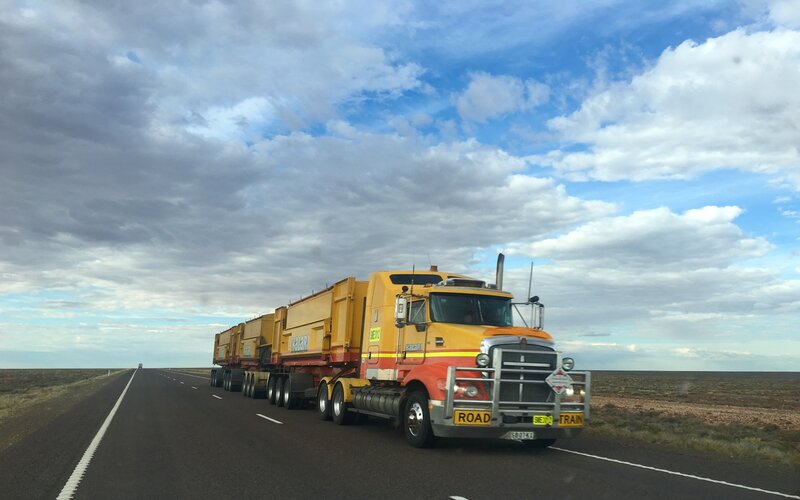


 Denise Raward
Denise Raward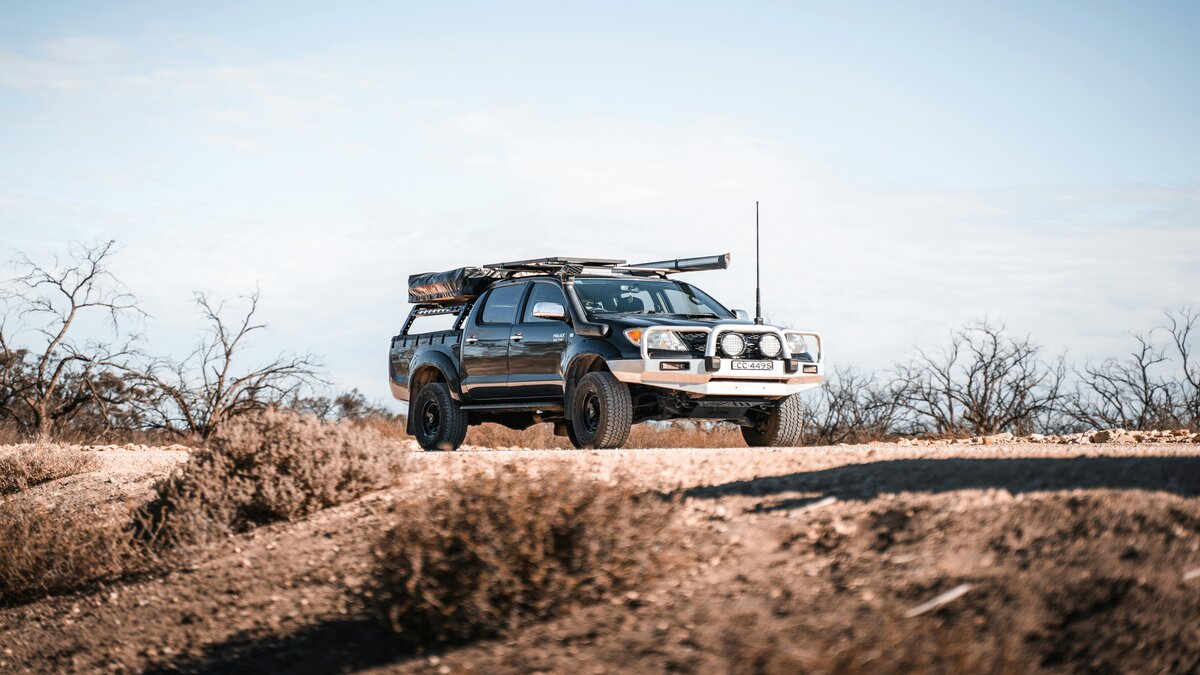
 Harry O'Sullivan
Harry O'Sullivan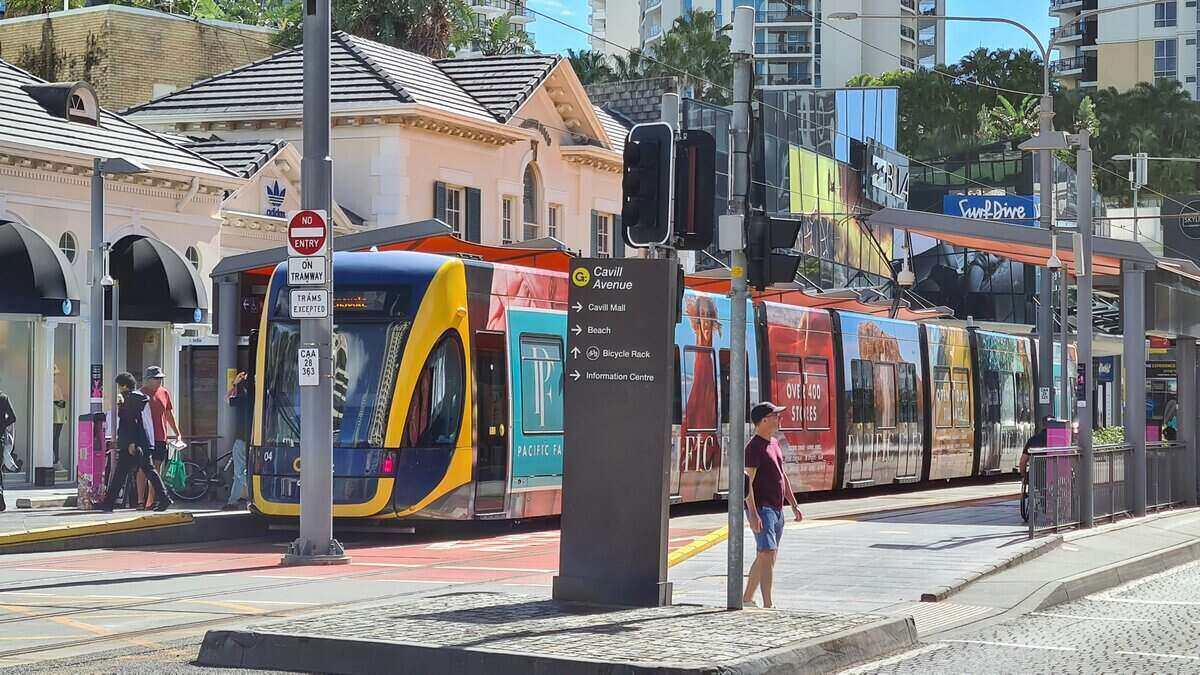
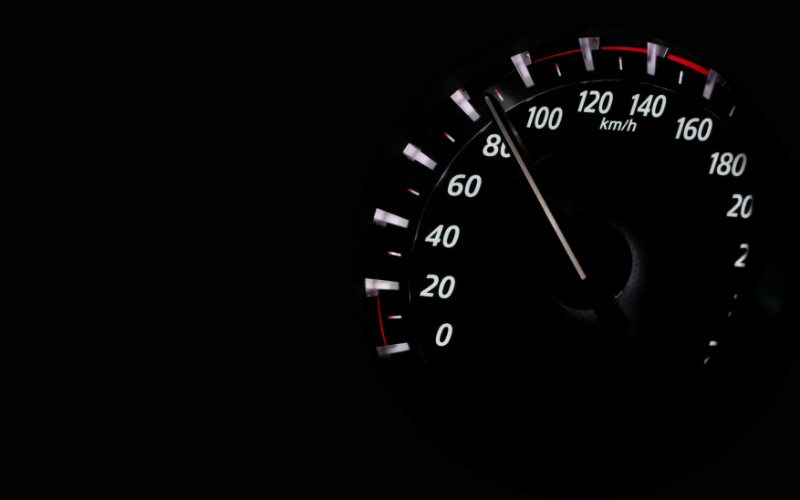
 William Jolly
William Jolly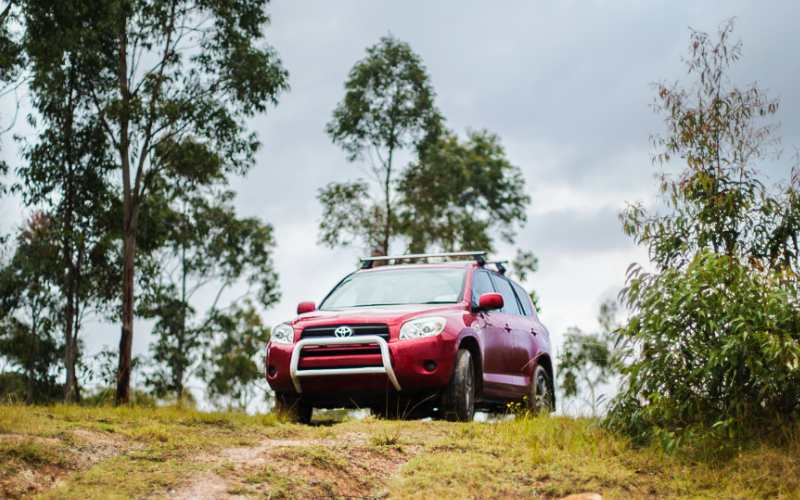
 Harrison Astbury
Harrison Astbury

